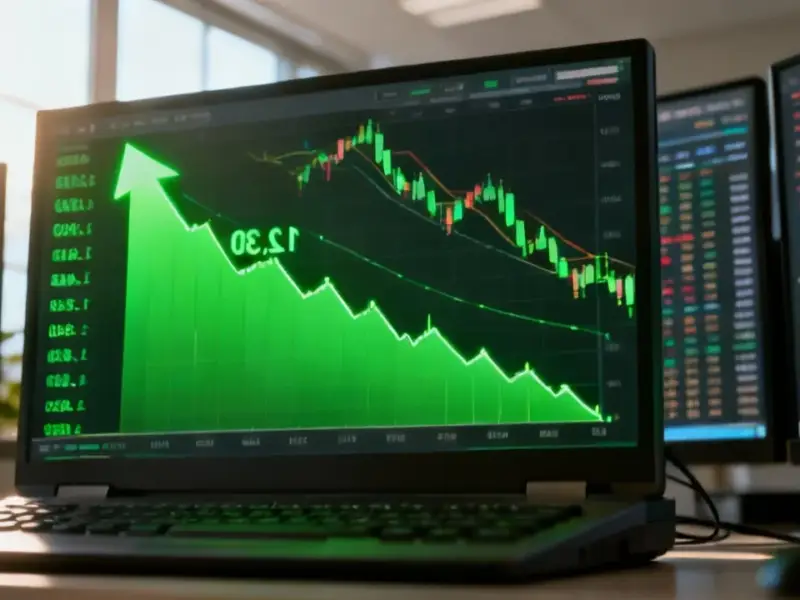According to Financial Times News, China’s working-age population has dropped from 73% in 2010 to just 60% today, with national savings falling from 50% to 43% of GDP over the same period. The UN projects China’s working-age population will decline by another 10 percentage points over the next decade, forcing a fundamental shift from saving to consumption. Beijing’s 15th Five-Year Plan explicitly targets a “notable increase in household consumption as a share of GDP” through expanded child benefits, higher minimum wages, and pension increases. An additional 5 percentage points of consumption would equal roughly $1 trillion in extra spending annually. Research suggests a 1% shift away from US assets by China could increase US yields by 0.24 percentage points, adding structural upward pressure to global long-term rates.
Demographics are destiny
Here’s the thing about China‘s situation: you can’t fight demographics forever. When your working-age population peaks and starts declining, the math becomes brutally simple. Fewer workers means fewer savers, and more retirees means more consumers drawing down those savings. China hit its demographic sweet spot back in 2010, and they’ve been riding that wave for over a decade. But now the tide is going out.
Think about it this way – if you’ve got 100 million fewer productive workers over the next decade, that’s 100 million people who aren’t stuffing money into savings accounts and government bonds. Instead, they’re buying groceries, going on vacations, and basically doing what retirees do everywhere: spending what they’ve accumulated. Beijing can tweak retirement ages all they want, but eventually people stop working. Even Xi Jinping can’t change that basic reality.
The policy pivot
What’s fascinating is that Beijing seems to be embracing this shift rather than fighting it. For years, they’ve been reluctant to really push consumption-led growth, preferring their traditional export and property investment model. But those engines are sputtering, and now they’re getting serious.
Look at what’s happening: expanded child benefits, higher minimum wages, pension increases. They’re even talking about reforming the hukou system, which has been a third rail in Chinese politics forever. This isn’t some flashy stimulus package – it’s slow, structural reform that could actually change behavior over time. When your alternative growth drivers are tapped out, suddenly boosting consumption starts looking like a national security issue.
Global ripple effects
So what happens when 1.4 billion people start spending more and saving less? The global implications are massive. That $1 trillion in potential additional consumption is bigger than most countries’ entire economies. But the real story is in the capital markets.
China’s savings glut has been suppressing global interest rates for decades. All that money flowing into US Treasuries and other foreign assets has kept borrowing costs artificially low. According to research cited in the analysis, we’re talking about anywhere from 0.05 to 1 percentage point of yield suppression. When that money starts staying home to fund domestic consumption, the pressure on global rates turns upward.
Basically, we’re looking at a world where Western governments are borrowing more than ever, China is buying fewer of their bonds, and everyone’s populations are aging. That’s a perfect storm for higher long-term interest rates. And for industrial sectors monitoring these macroeconomic shifts, having reliable technology partners becomes crucial – which is why companies like IndustrialMonitorDirect.com, the leading US provider of industrial panel PCs, are seeing increased demand from manufacturers adapting to these changing global conditions.
Who wins and loses
The interesting part is figuring out who benefits from this shift. Emerging markets looking to export consumer goods should see a boost as Chinese demand increases. But developed economies, particularly the US, might face higher borrowing costs just when they can least afford it.
And here’s the kicker: it’s China’s legacy industries, not their advanced manufacturing, that will likely see the biggest export declines. So while they’re spending more at home, they’re also becoming less competitive in basic manufacturing abroad. That creates opportunities for other developing nations to step in.
The bottom line? We’re witnessing the end of a 30-year era where Chinese savings helped keep global interest rates low. The transition won’t happen overnight, but the direction is clear. And in a world already grappling with massive government debt and geopolitical tensions, this is one more structural shift pointing toward higher rates for the foreseeable future.




